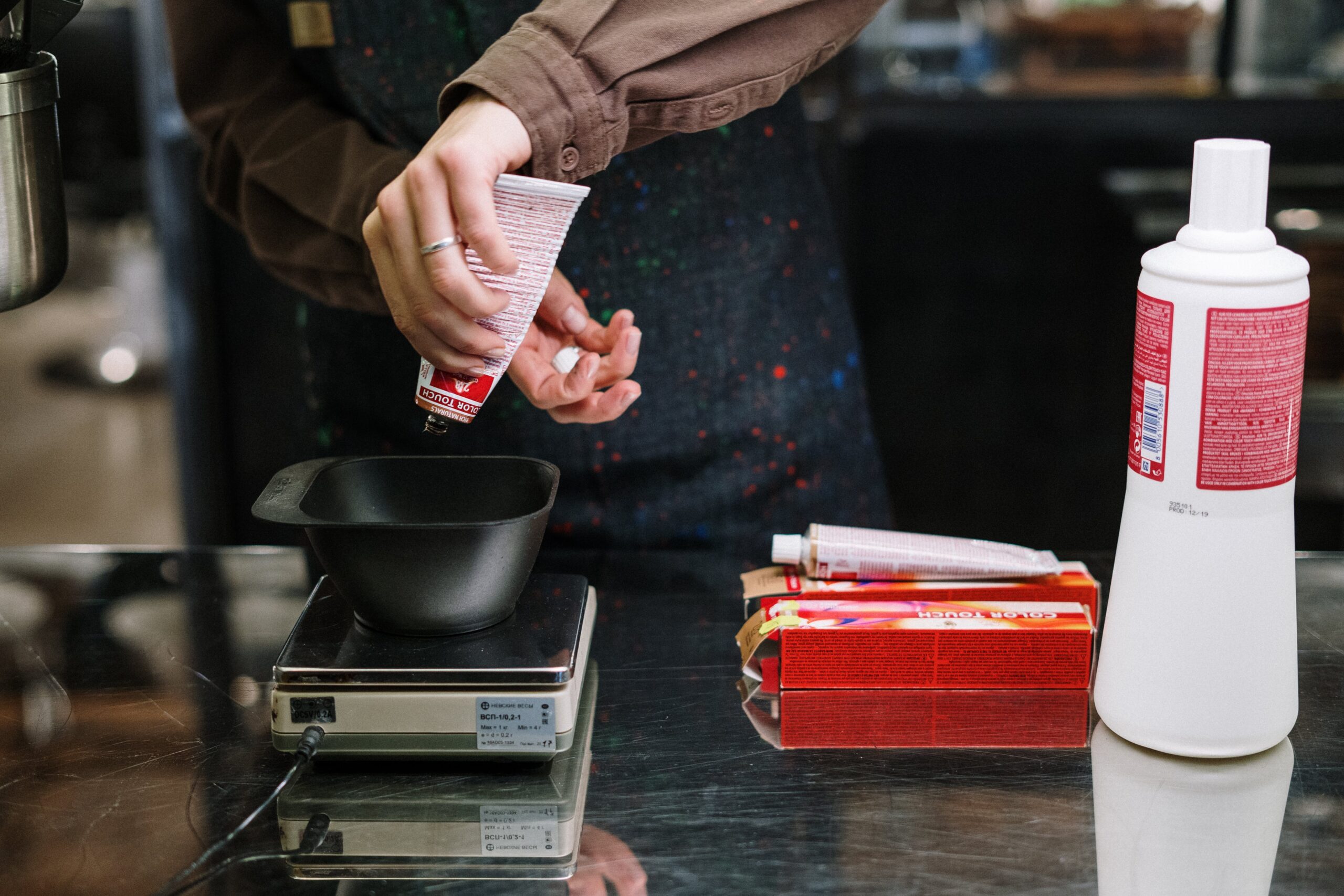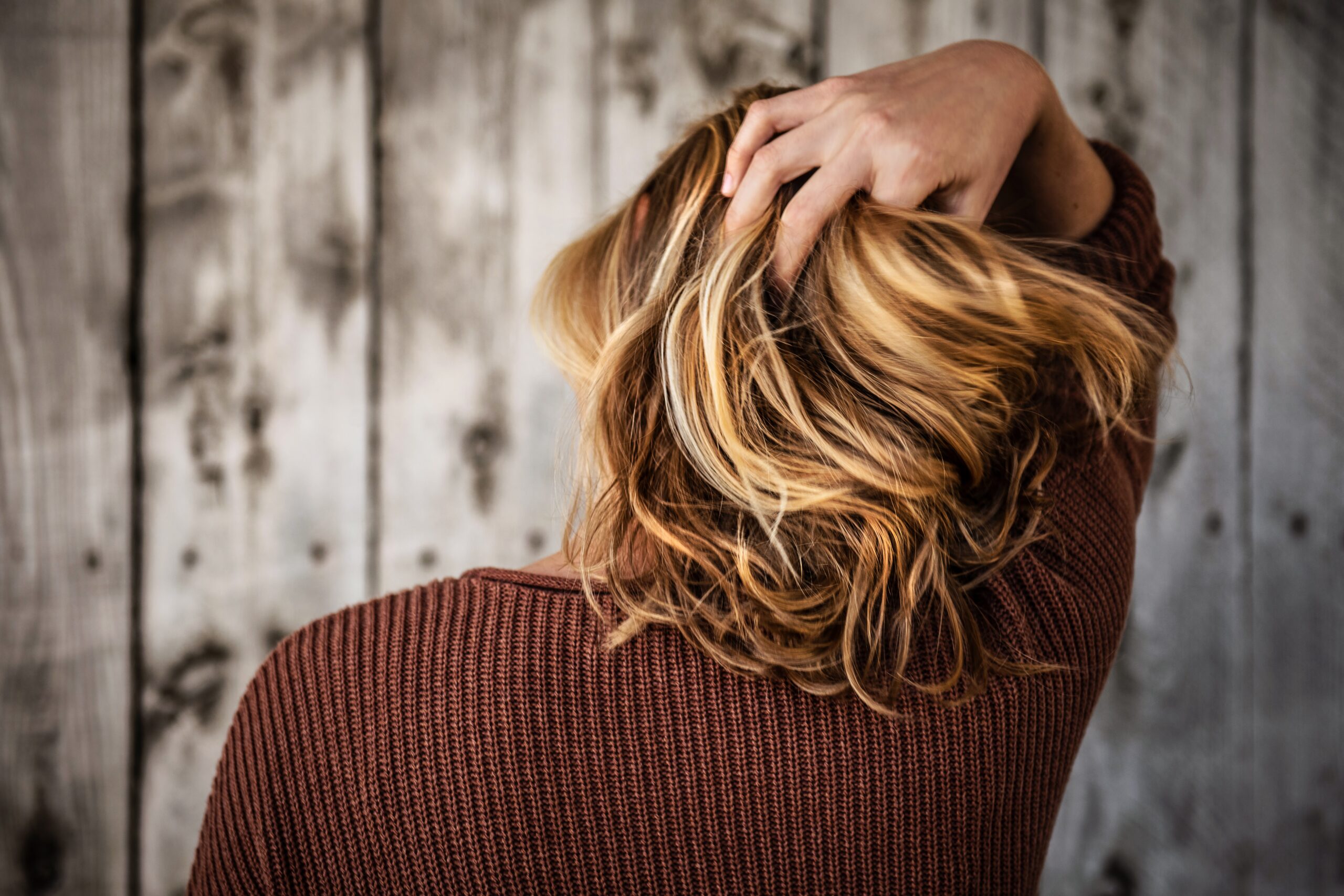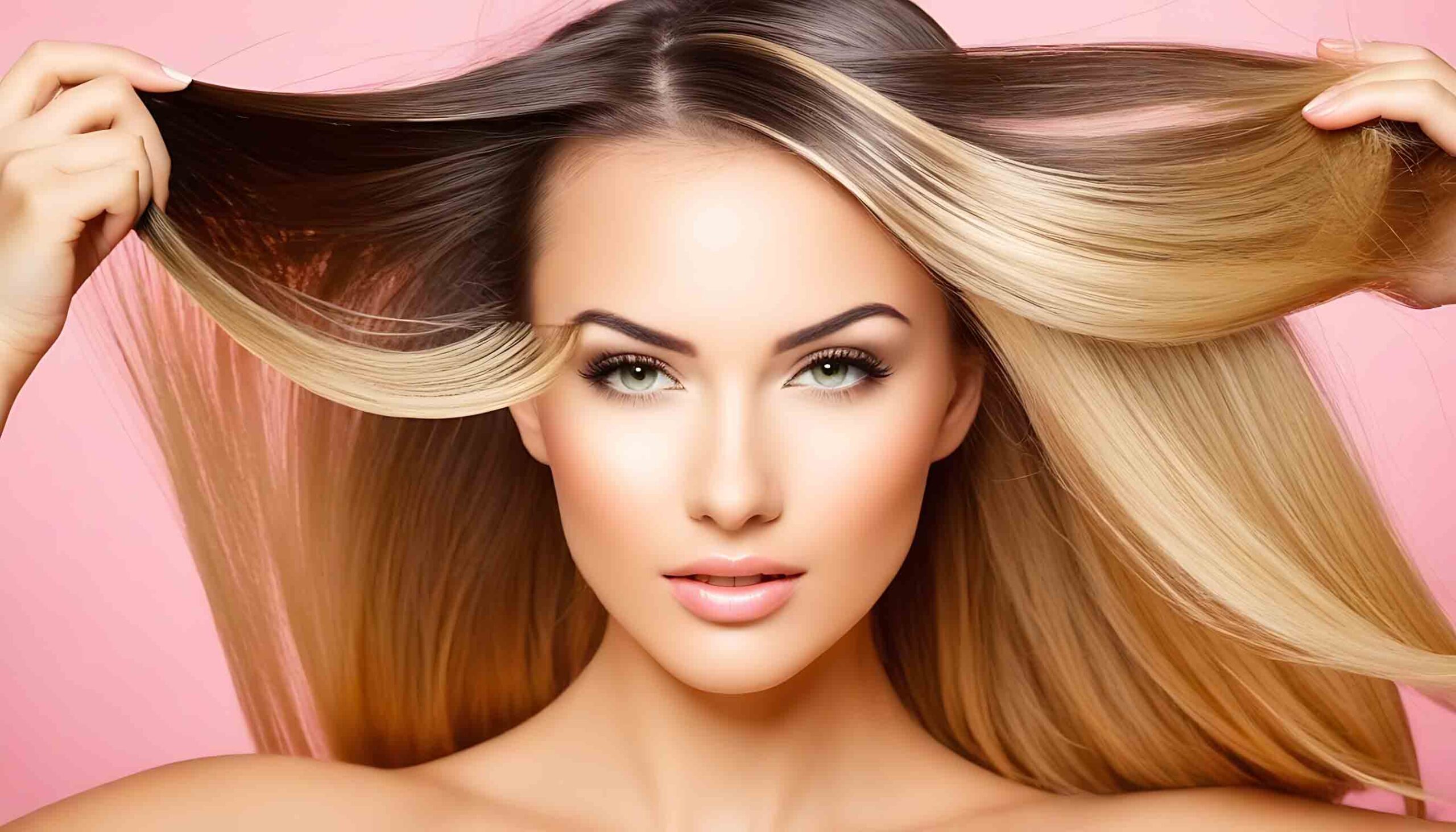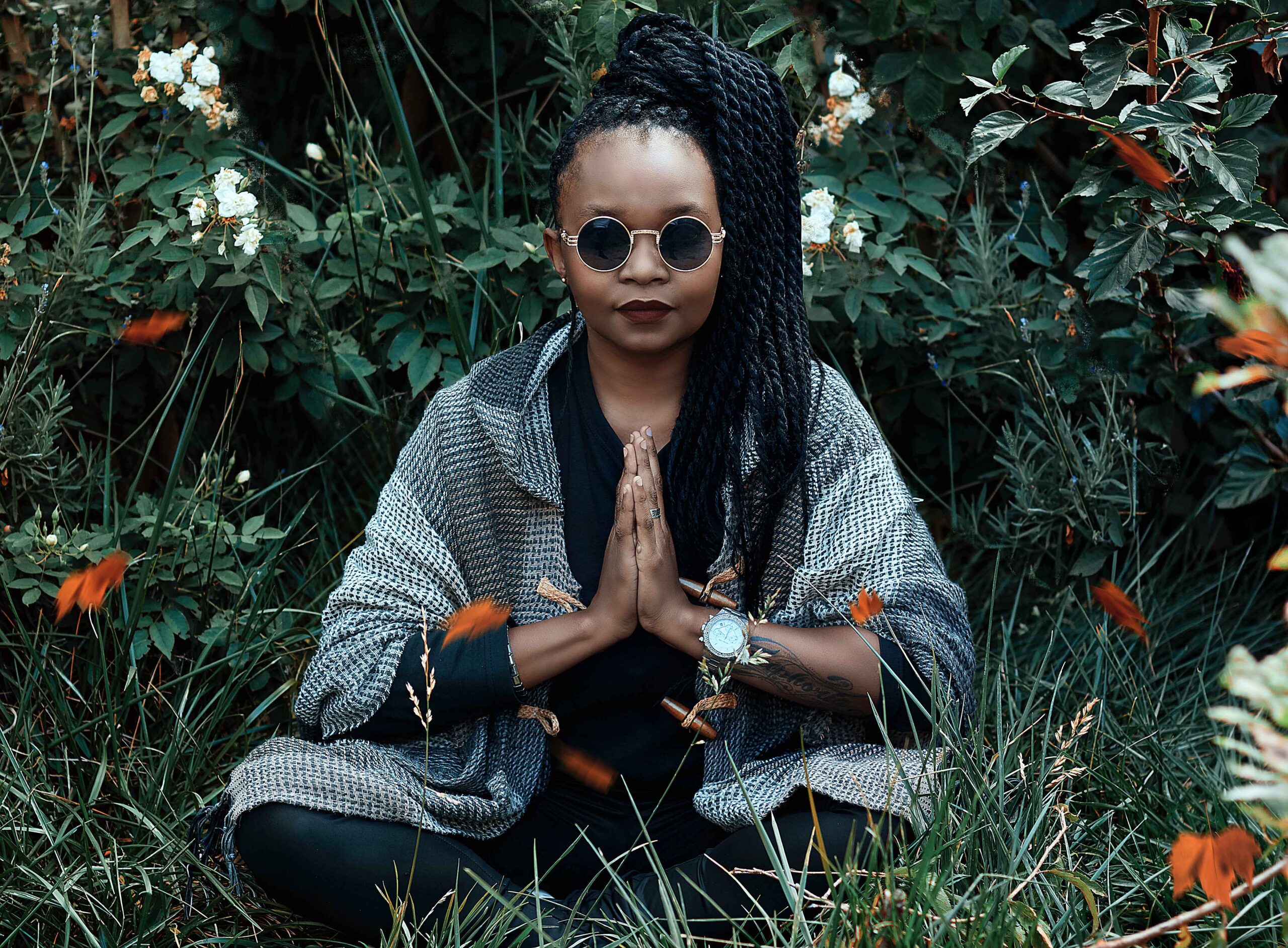Safe Hair Bleaching Techniques
Bleaching hair allows you to achieve lighter shades from blonde to white for vivid dye jobs. However, bleach is extremely damaging to hair fibers if not done properly. Using smart techniques and caution can help mitigate the risks of bleaching while still getting beautiful lightened results. Here are the top methods for Safe Hair Bleaching Techniques.
Section Hair Cleanly Before Bleaching
- Part hair neatly into 4 quadrants using clips before applying bleach.
- This allows for clean saturation and prevents splotches.
- Start application in back sections first, then move to sides and front last.
- Take thin subsections of 1⁄4-1⁄2 inch wide pieces for thorough coverage.
Proper sectioning gives you complete control over the lightening process for most predictable, even outcomes.
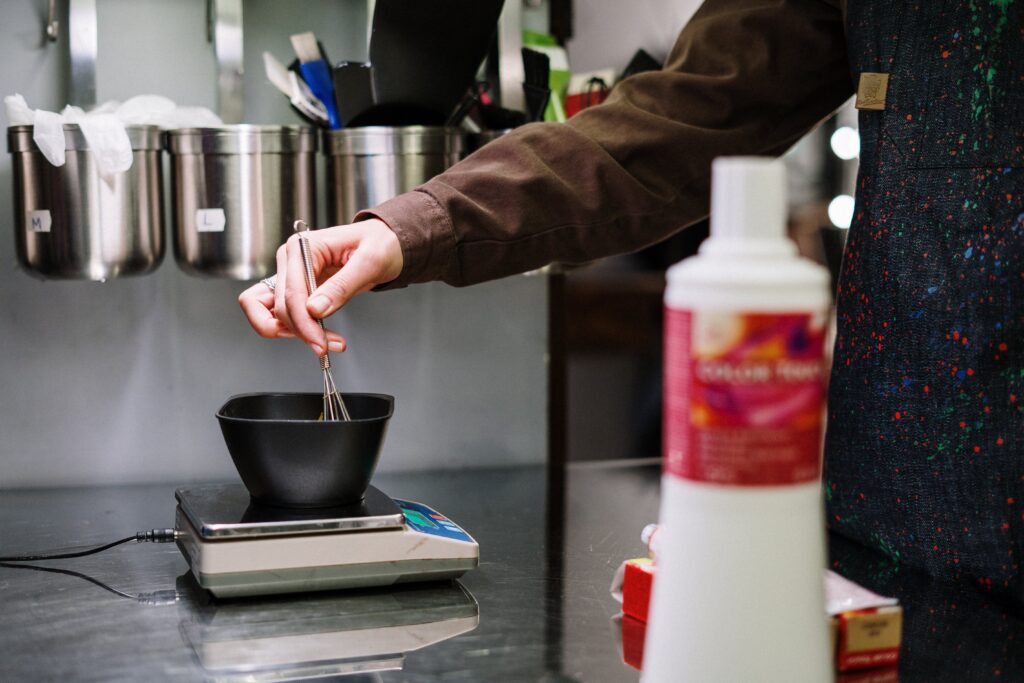
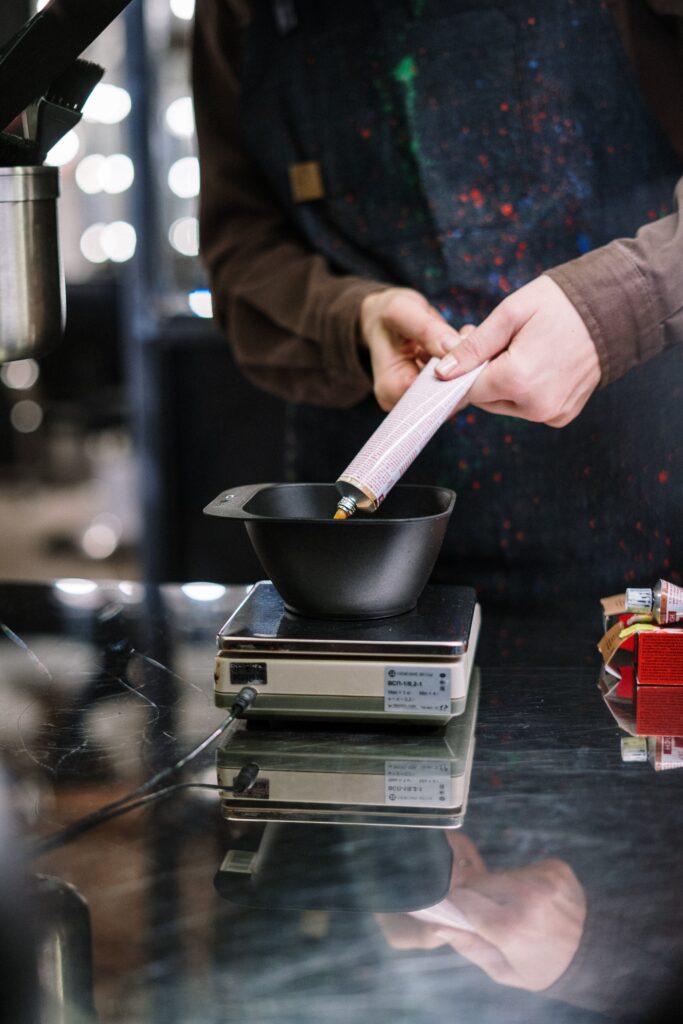
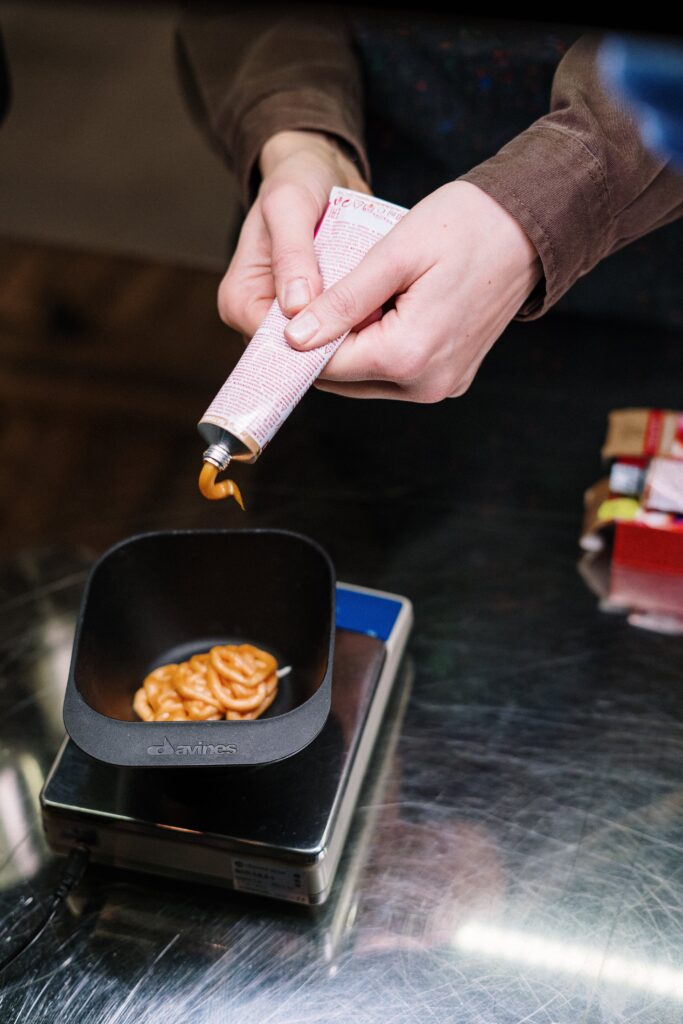
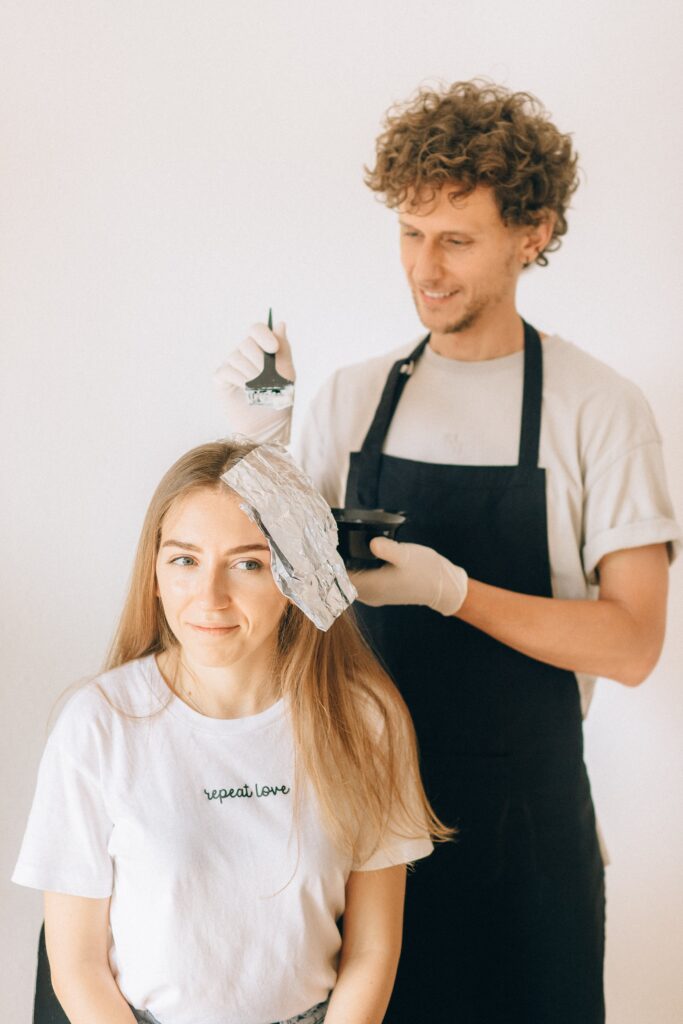
Check Strand Tests Frequently
- Do a test strand near your face before applying bleach to gauge timing.
- Re-check the strand every 10 minutes during processing.
- Compare to the level chart on bleach box to monitor lightness.
- Never exceed recommended processing time on box instructions.
Frequently checking sections prevents overprocessing and ensures you lift hair to the perfect level.
Apply Bleach 1⁄4 Inch From Scalp
- Carefully apply lightener starting 1⁄4 inch away from roots initially.
- Avoid direct scalp contact to protect skin and follicles from burning.
- Once mid-lengths are lightening, apply bleach to roots last.
- Process roots for less time since heat from scalp speeds up lightening.
This prevents hot roots or chemical burning at the sensitive scalp area.
Use Low Volume Developers
- Developers with lower volumes of peroxide like 10 or 20 vol cause less damage.
- They allow gradual lightening for dark hair over multiple sessions.
- Maximize lift by applying bleach thoroughly from roots to ends.
- You can always increase peroxide volume for next session.
Lower volumes are safer for compromised or previously bleached hair.
Alternate Bleach and Bonding Treatments
- Alternate rounds of lightener with a bonding product like Olaplex 1 and 2.
- Olaplex added to bleach repairs broken disulfide bonds from lightening.
- Applying bonding treatments mid-bleaching minimizes damage.
Repairing structure during the harsh bleaching process preserves integrity.
Rinse Thoroughly and Tone Immediately
- Rinse with cool water until water runs completely clear.
- Tone immediately while cuticles are still open from bleaching session.
- Toner neutralizes brassiness and achieves target shade.
- Follow with intensive deep conditioning and bond repairing mask.
Thorough rinsing prevents chemical reactions with bleach residue. Toning in the same session locks in desired results.
Avoid Overlapping Bleached Sections
- Apply lightener in a way that avoids re-touching already bleached pieces.
- Overlapping sections overprocesses hair, causing damage.
- If roots are uneven, carefully touch up gaps with precision.
Preventing overlap preserves the health of individual strands.
Dry Hair Thoroughly Before Bleach Application
- Only apply bleach to hair that is completely clean and 100% dry.
- Water on hair will dilute bleach, reducing effectiveness.
- Dampness causes unpredictable results with dark splotches.
- Dry hair fully with a blowdryer on low heat before lightening.
Removing all moisture ensures the bleaching process works properly.
Protect Skin and Eyes
- Always wear gloves during mixing and applying bleach.
- Coat hairline, ears and neck with petroleum jelly as a barrier.
- Wear a protective cape and drape towel over shoulders.
- Keep bleach away from eyes and wear glasses as needed.
- Have running water ready in case bleach gets on skin.
Take protective measures to prevent skin and eye irritation during bleaching.
Invest in Quality Products
- Use reputable salon-grade lightener brands instead of box dyes.
- Opt for conditioning bleach formulas to minimize dryness.
- Splurge on bonding additives like Olaplex for added protection.
Higher end products lead to healthier, more consistent results with less damage.
Don’t Exceed Recommended Processing Time
- Follow instructions precisely and do not leave on longer than directed.
- Set a timer and check hair frequently as bleach develops.
- Once desired color is reached, rinse immediately.
Overprocessing severely compromises hair integrity and risks breakage.
Avoid Bleaching Whole Head Multiple Times in One Day
- Never bleach hair all over twice in the same day.
- Hair needs recovery time between bleaching sessions.
- Wait 4-6 weeks between whole head bleaching.
- Opt to only re-bleach regrowth if needed sooner.
Give hair adequate healing time between lightening processes.
Care For Hair Between Bleaching Sessions
- Use strengthening masks and bond repair treatments weekly.
- Refrain from heat styling and processing hair further.
- Trim regularly to remove damaged split ends.
Proper aftercare maintains the healthiest hair possible in between bleaching.
Don’t Bleach Already Compromised Hair
- If hair structure is very weak, porous or breaking, avoid bleaching further.
- Hair in poor condition cannot tolerate bleach without severe damage.
- Assess the health and moisture levels before deciding to lighten.
Know when to stop if hair becomes too far gone from prior chemical processing.
Bleach Roots Separately For Retouching
- When re-lightening regrowth, only apply lightener to the roots.
- Leave previously bleached mid-length and ends out.
- Process roots for less time since scalp heat speeds up lightening.
This technique minimizes overlapping damage from bleach touching already processed hair.
Don’t Scrub or Agitate Hair During Processing
- Once bleach is applied, let it process undisturbed.
- Avoid rubbing, scrubbing or shifting sections around.
- Agitation can lead to uneven results and breakage.
Keeping hair still allows bleach to lighten smoothly and evenly for best color results.
Frequently Asked Questions About Safe Hair Bleaching Techniques
Can I bleach my hair safely at home?
Yes, with the right techniques and precautions you can successfully lighten hair at home. Key tips are proper sectioning, strand testing, skin and eye protection, quality products, following timing guides, and conditioning hair after.
How often can you safely bleach hair?
Wait at least 4-6 weeks between bleaching sessions. Bleaching more frequently causes severe damage and chemical cuts. Limit bleaching to only 2-3 times per year for healthy hair.
Is 20 volume or 30 volume developer safer?
For at home use, 20 volume developer is gentler and better for previously bleached or fragile hair. 30 volume lifts more in one session but has higher peroxide levels that increase damage.
Can you bleach over box dye?
It’s risky to bleach directly over box dye since the artificial pigments can lift unevenly. Color remover or stripping kits first lead to more predictable lightening. Consult a stylist for help removing old box color.
What should you not do when bleaching hair?
Avoid applying bleach on scalp directly, letting bleach sit too long, overlapping lightened sections, bleaching wet hair, and over processing with multiple sessions too quickly. This causes severe damage.
Can toner help minimize bleach damage?
Yes, applying toner immediately after bleaching restores pH levels and seals the cuticle slightly to protect hair. Well-formulated toners also provide added hydration.
Should you shampoo before bleaching?
Do not shampoo hair right before lightening it since it will still be damp. Shampoo the day before, then dry hair fully before bleaching for best results.
Does Olaplex completely prevent bleach damage?
Olaplex helps minimize damage but cannot prevent it fully. Bleach fundamentally changes the hair’s underlying structure through oxidization so caution must still be taken to avoid overprocessing.
Can you use purple shampoo right after bleaching?
No, wait 2-3 days before using purple shampoo. The pigments deposit better once the cuticle has closed slightly. Use regular shampoo immediately after bleaching to avoid uneven tinting.
How can you bleach thick or coarse hair safely?
Use a lower volume developer, thoroughly saturate sections with lightener focusing on ends, do more frequent stand tests, and process for shorter times to prevent over-drying. Avoid overlapping bleach.
Conclusion
When performed with smart techniques using gentler products, bleaching hair does not need to be excessively damaging. Keeping hair healthy before and after lightening is also key. Being mindful to not over-process, while providing enough conditioning treatments enables you to achieve beautiful brighter shades safely. Follow these pro tips for smarter bleaching and you’ll keep your hair looking and feeling its very best.

